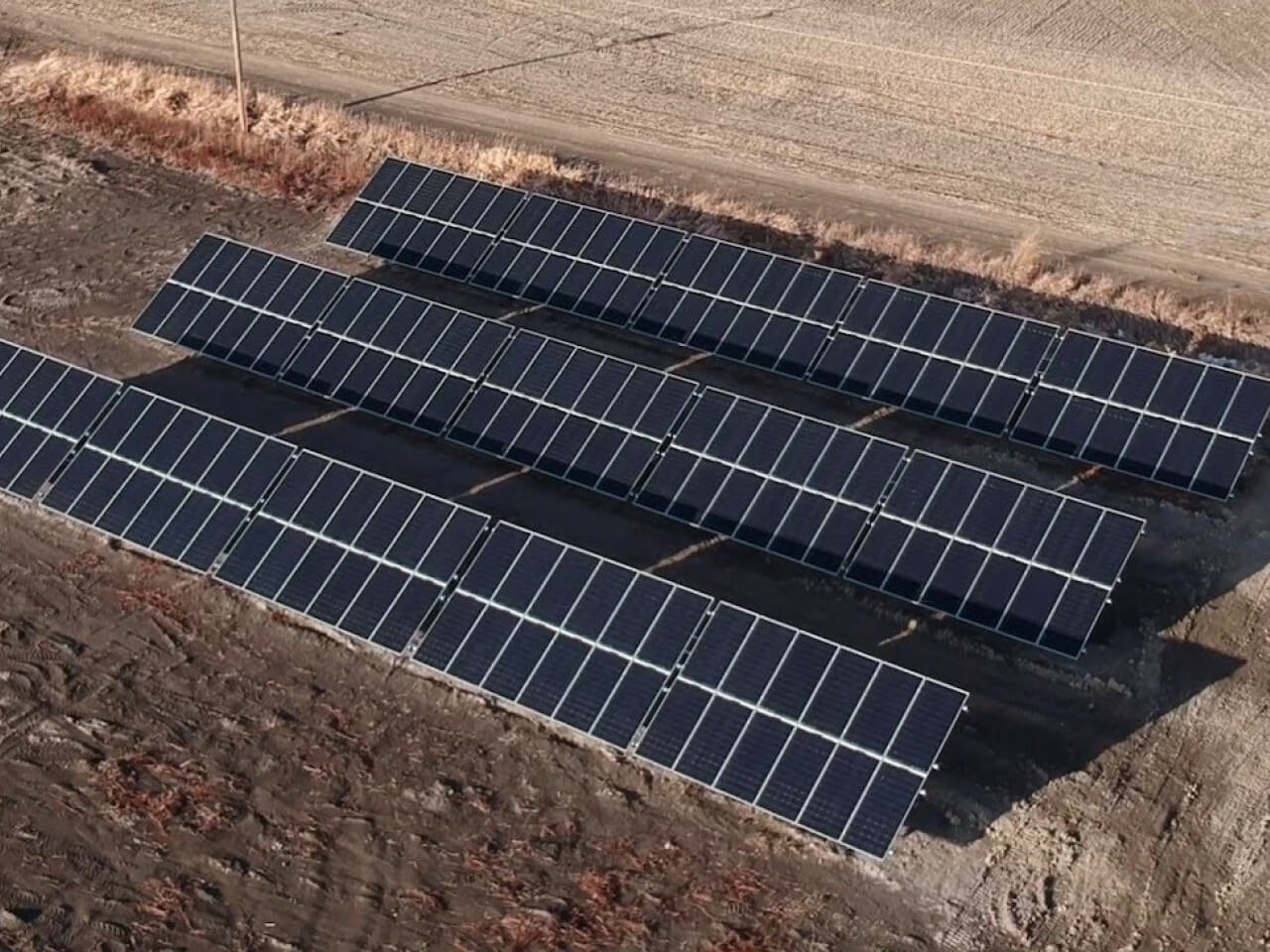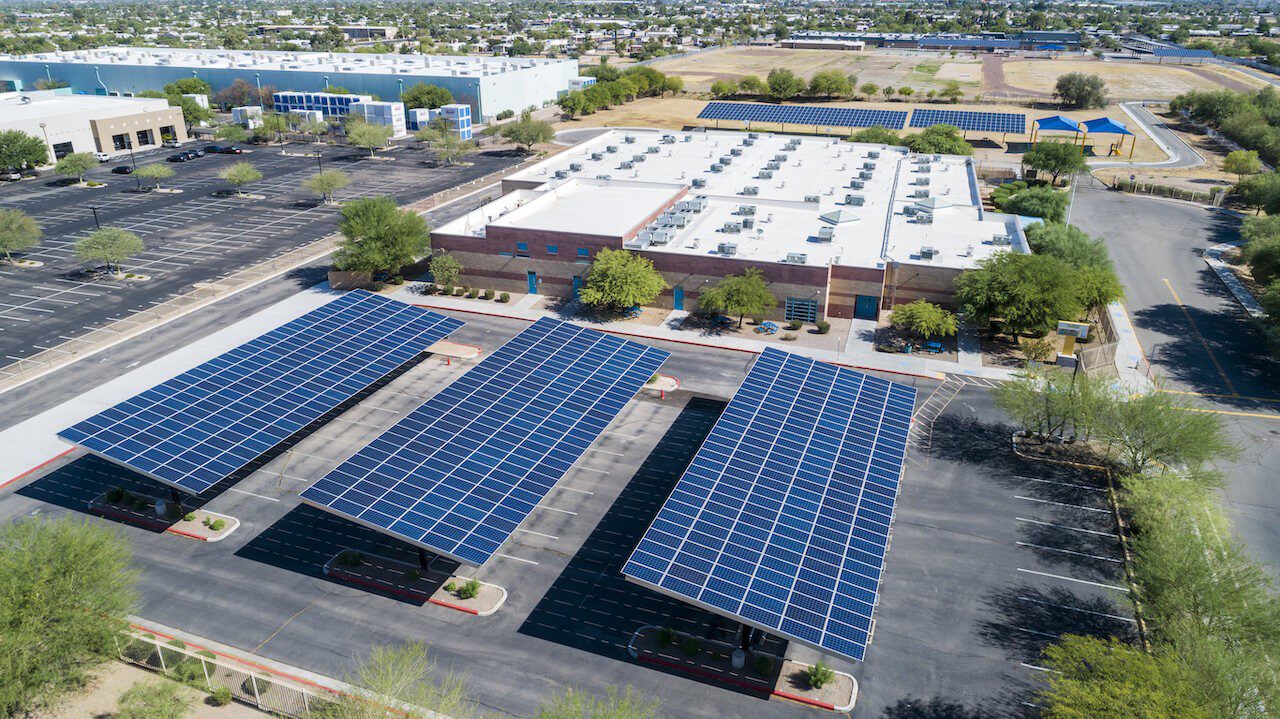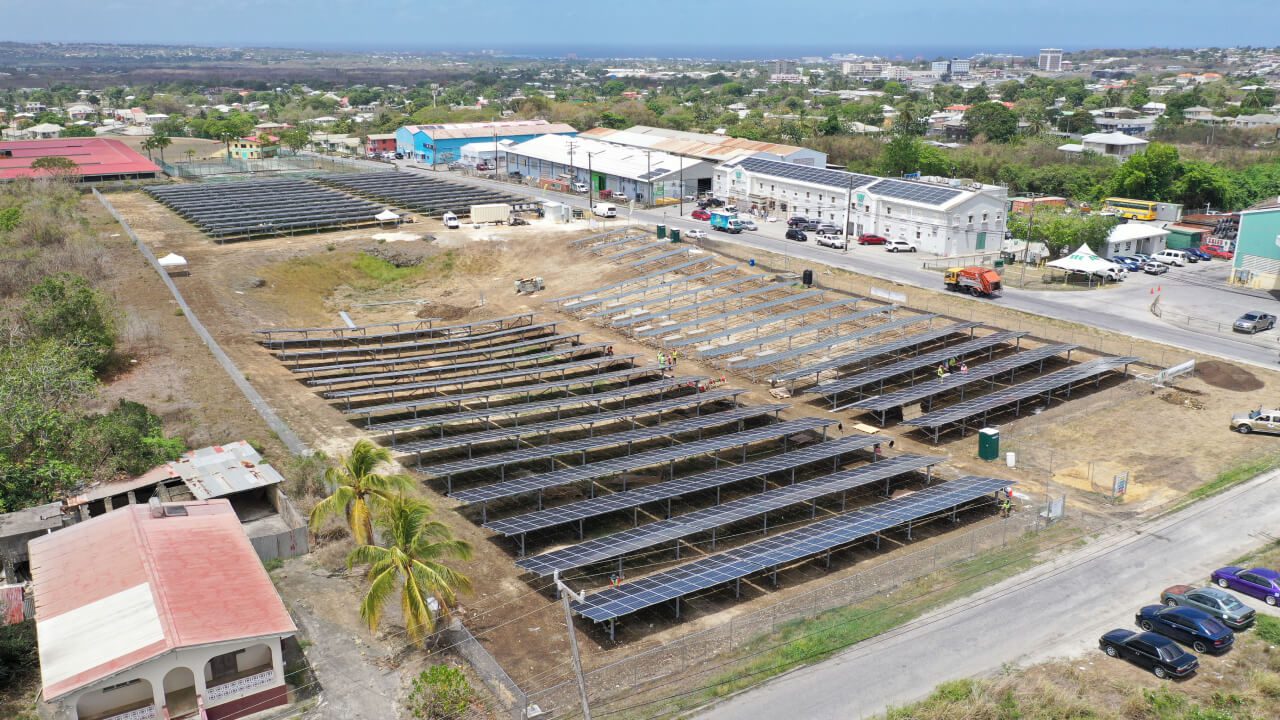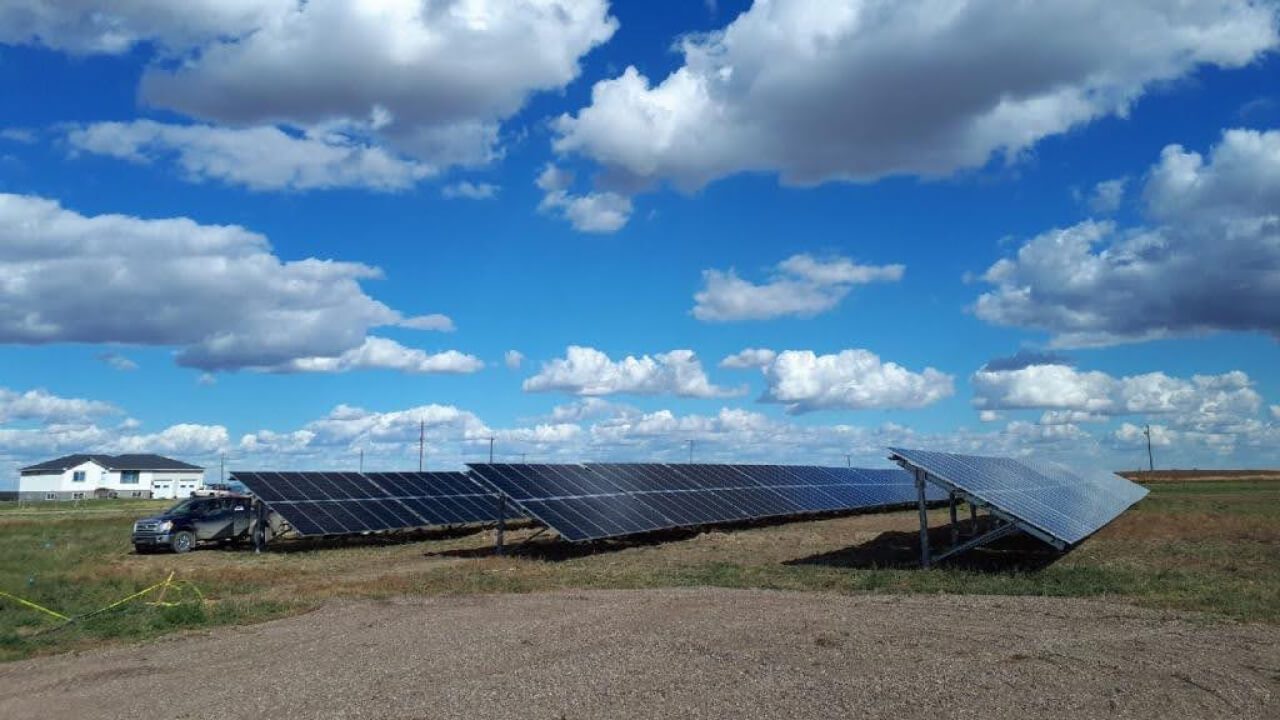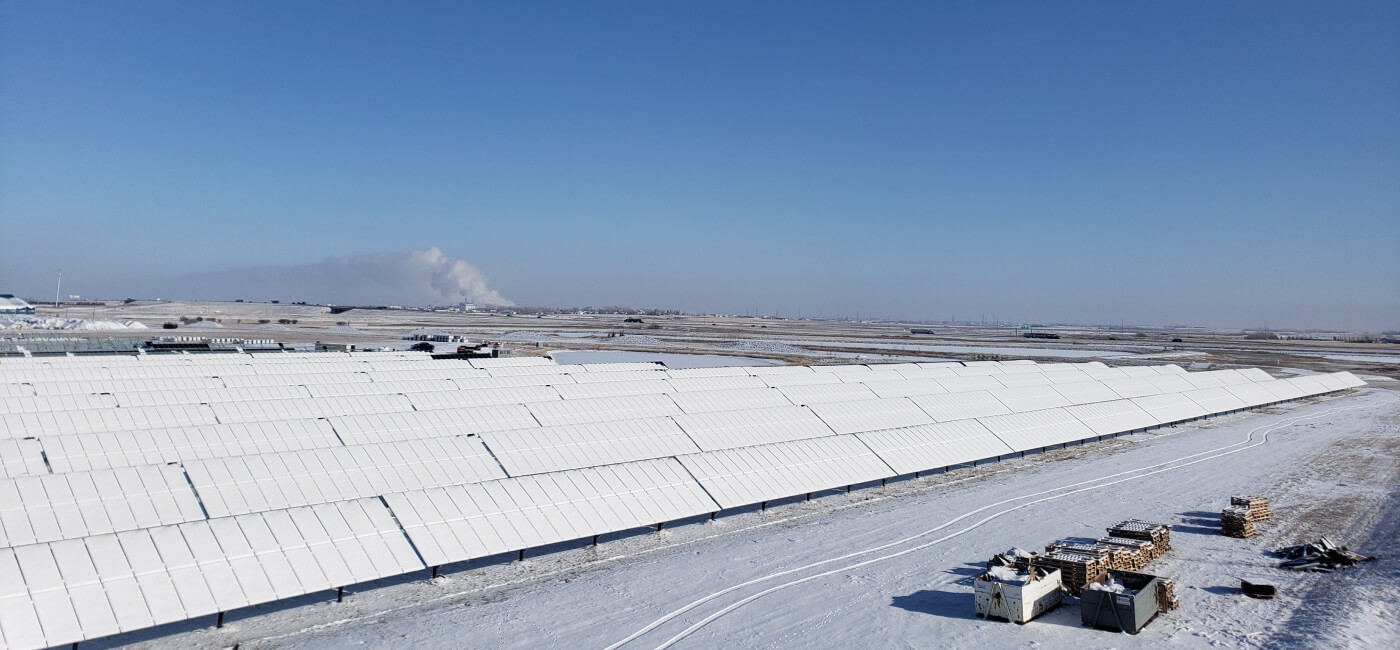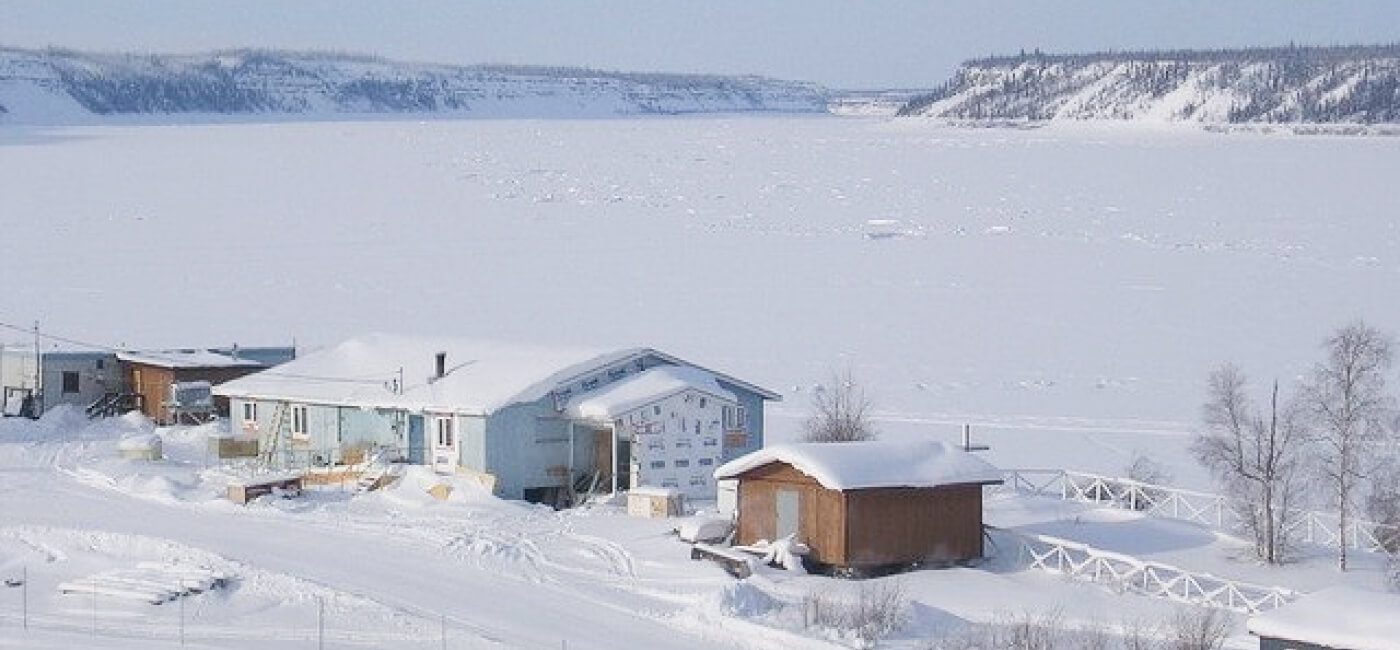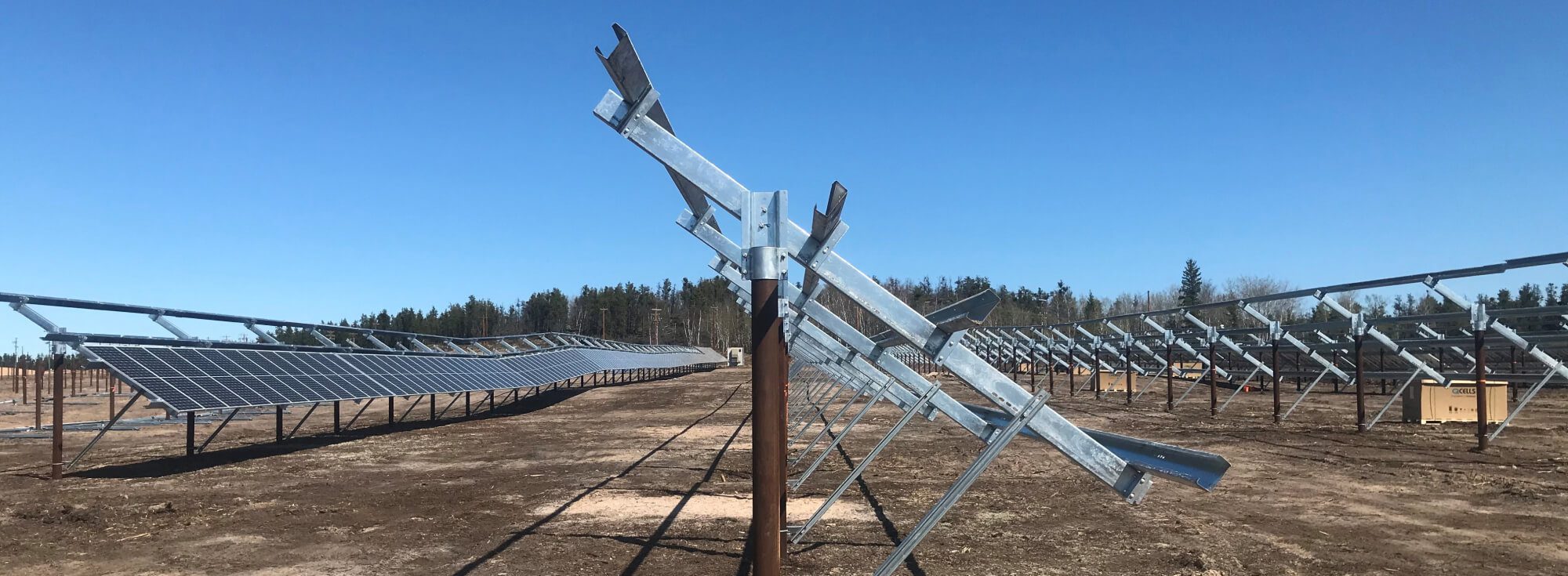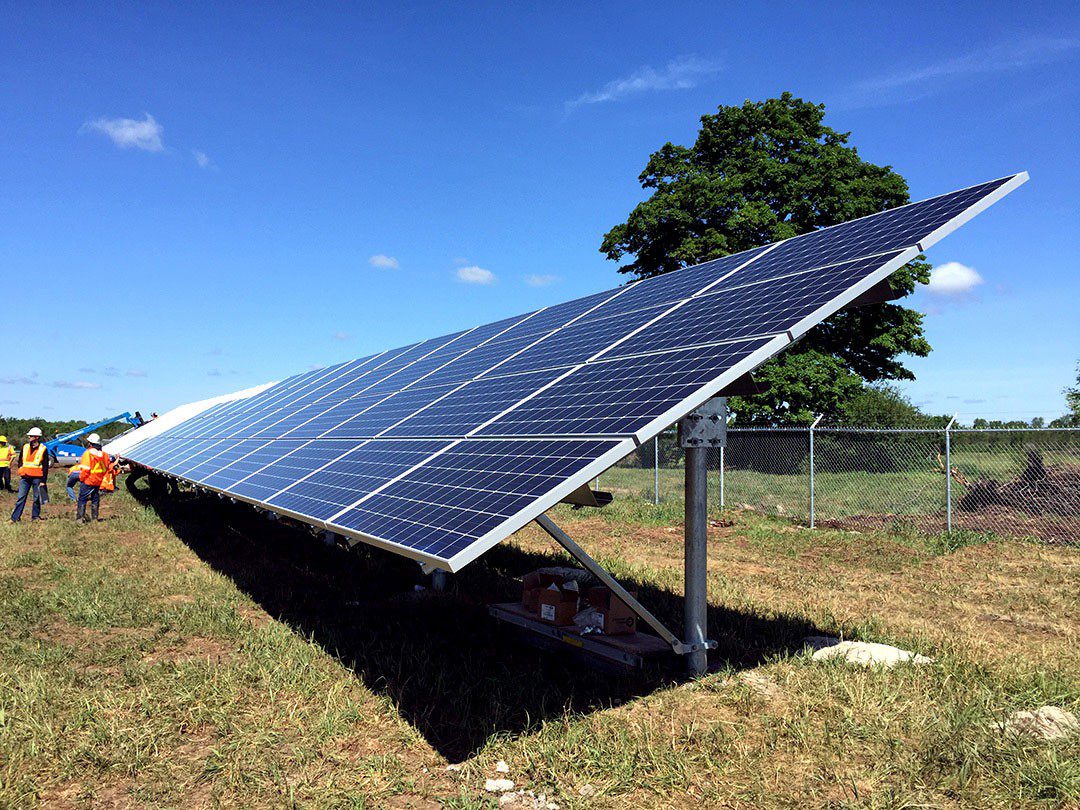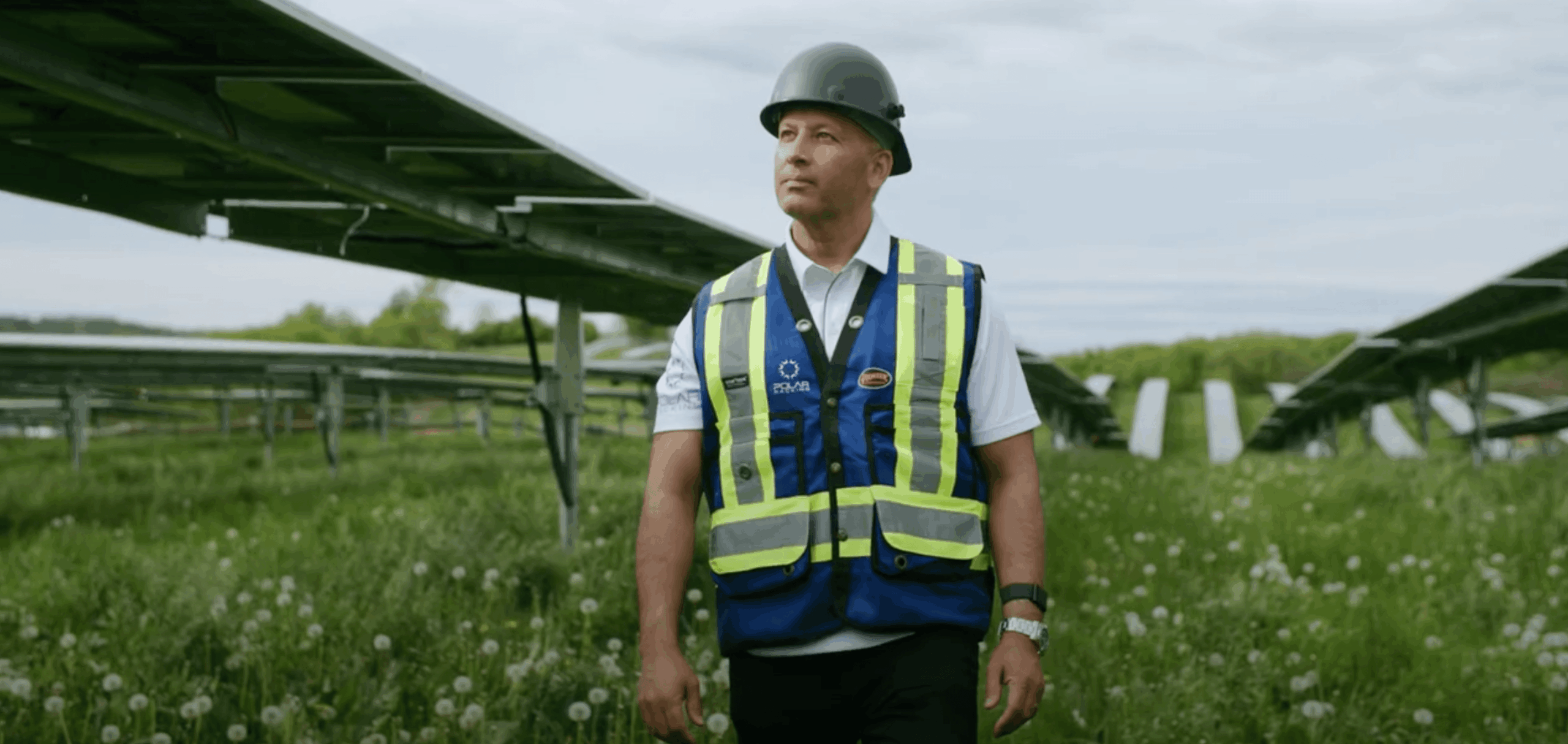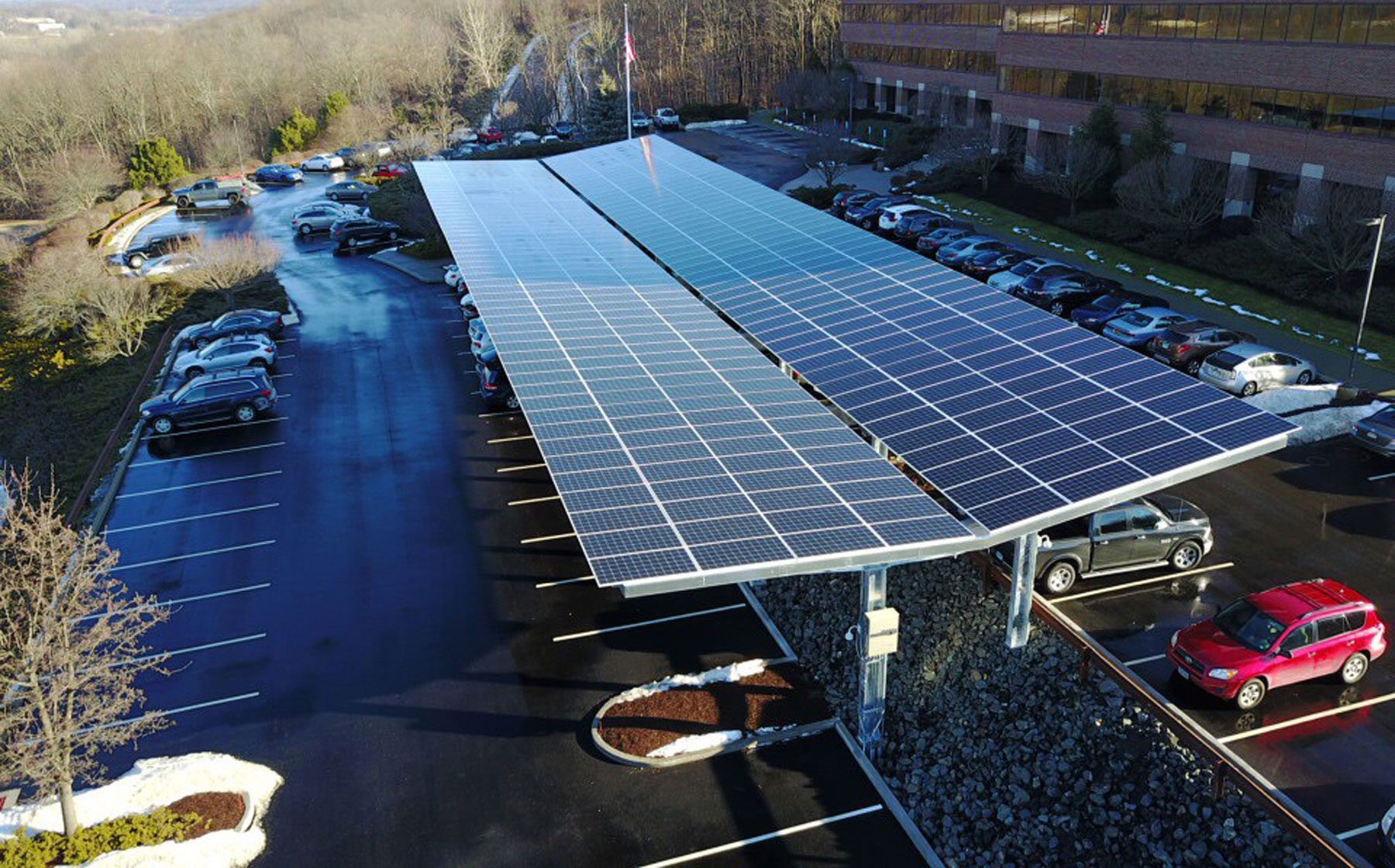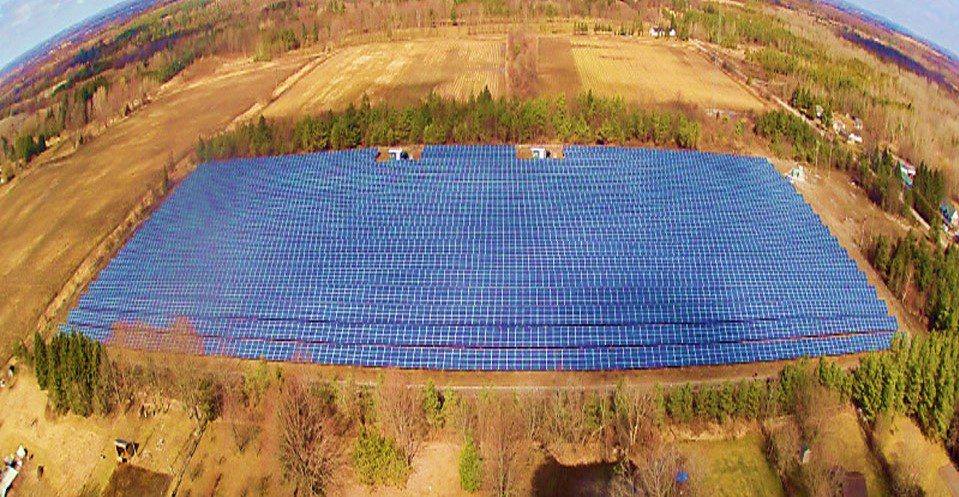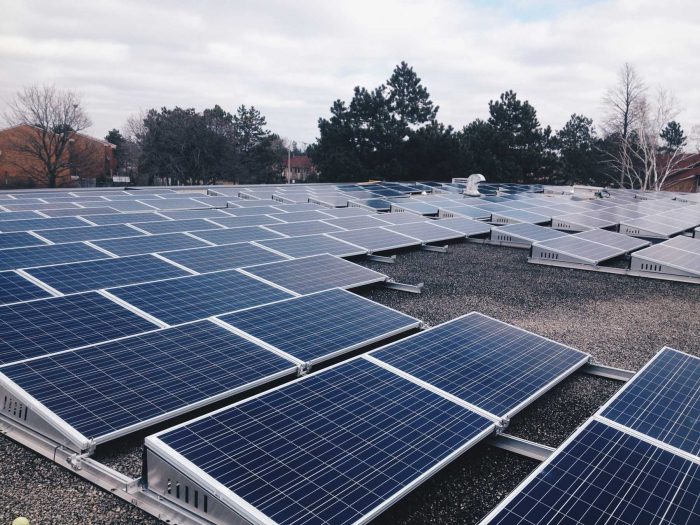Power Up in the Rockies with BayWa r.e.
Join us for an immersive two day solar training with both hands-on and theoretical presentations from leading manufacturers in racking, inverters, modules and more. Set against the breathtaking backdrop of the Rocky Mountains, this unique event id designed to equip participants with the knowledge, skills and practical experience needed to excel in the rapidly growing field of solar energy.


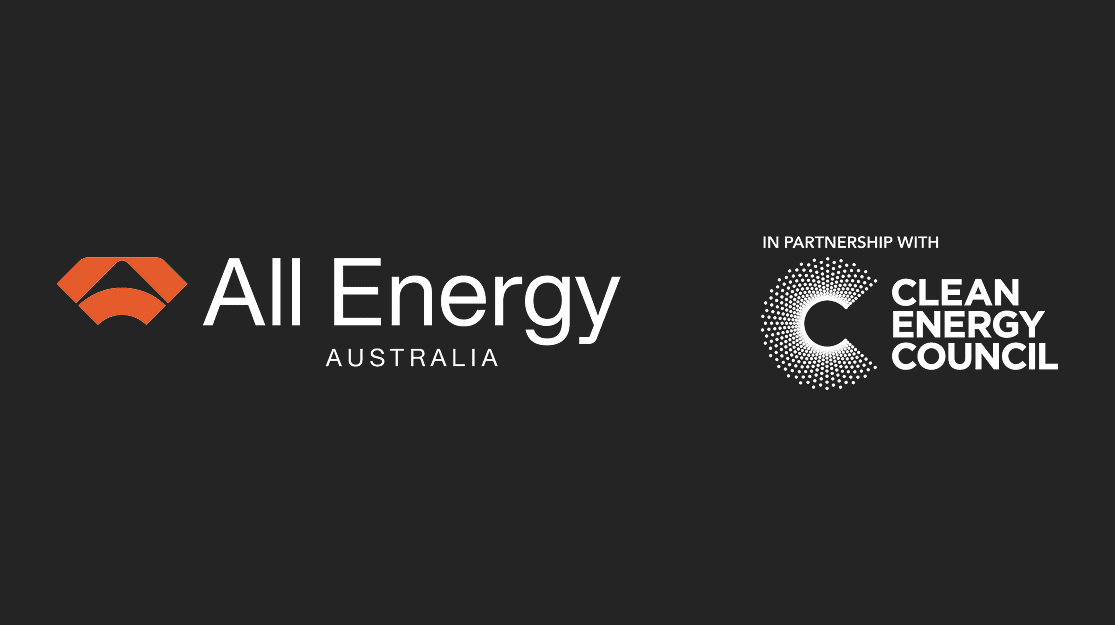
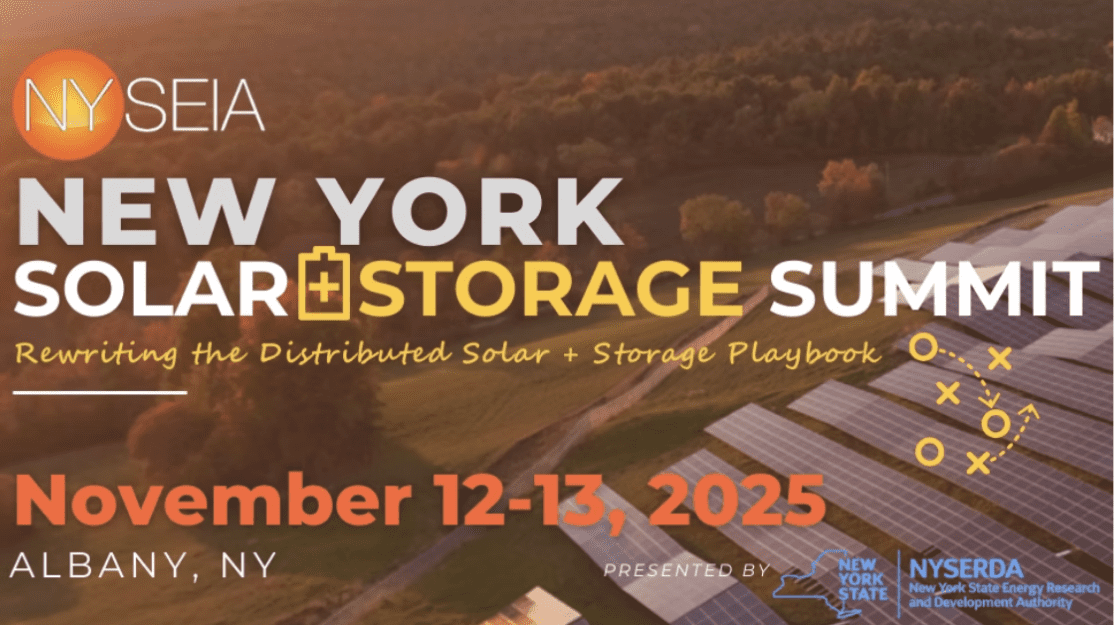

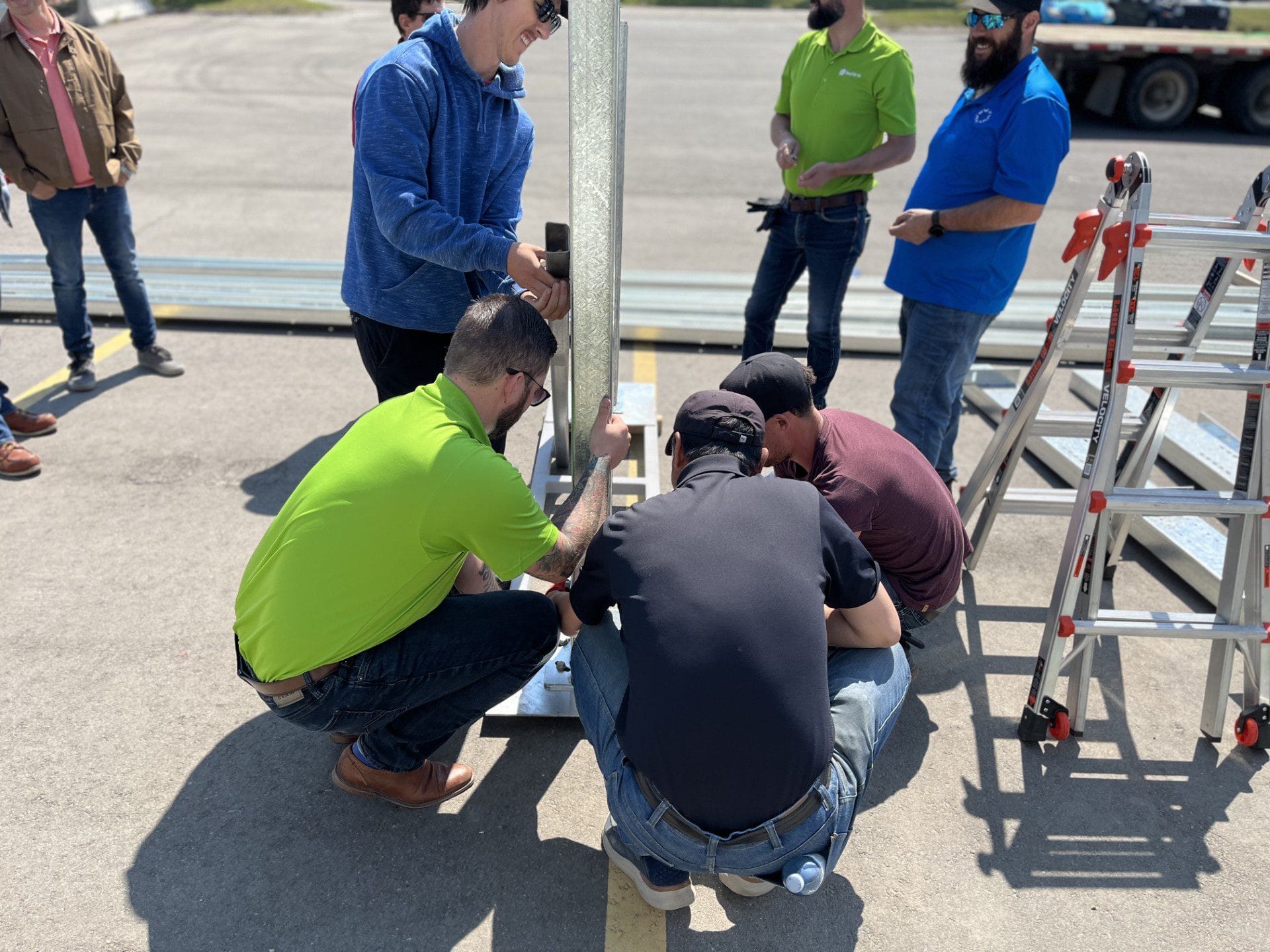
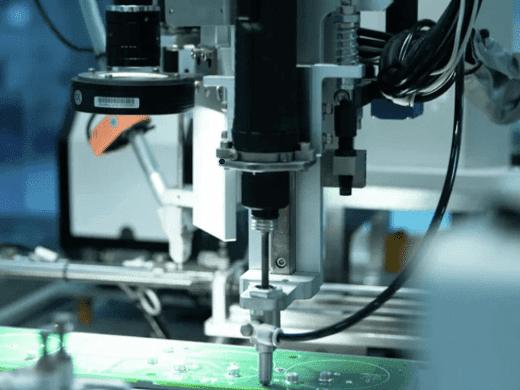



 A clear construction milestone
A clear construction milestone *Clients should consult their own tax counsel to validate timing and documentation for their specific project.
*Clients should consult their own tax counsel to validate timing and documentation for their specific project. U.S.-manufactured
U.S.-manufactured Fully FEOC-compliant
Fully FEOC-compliant Eligible for ITC bonus programs such as:
Eligible for ITC bonus programs such as: Contact us to discuss a safe harbor strategy tailored to your portfolio.
Contact us to discuss a safe harbor strategy tailored to your portfolio.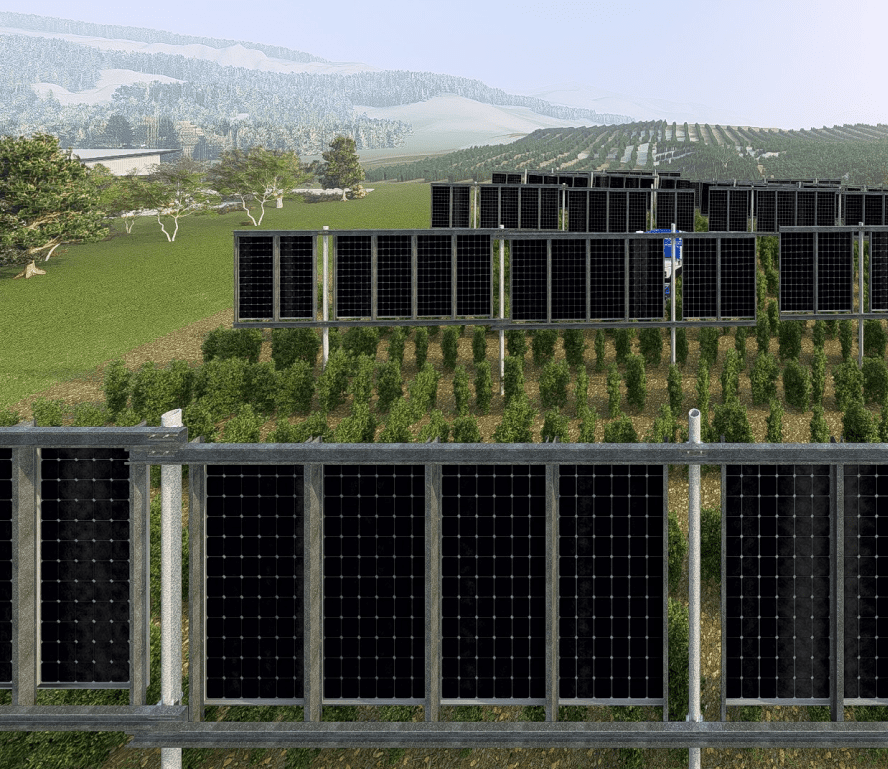



 Want to hear the story straight from the source?
Want to hear the story straight from the source?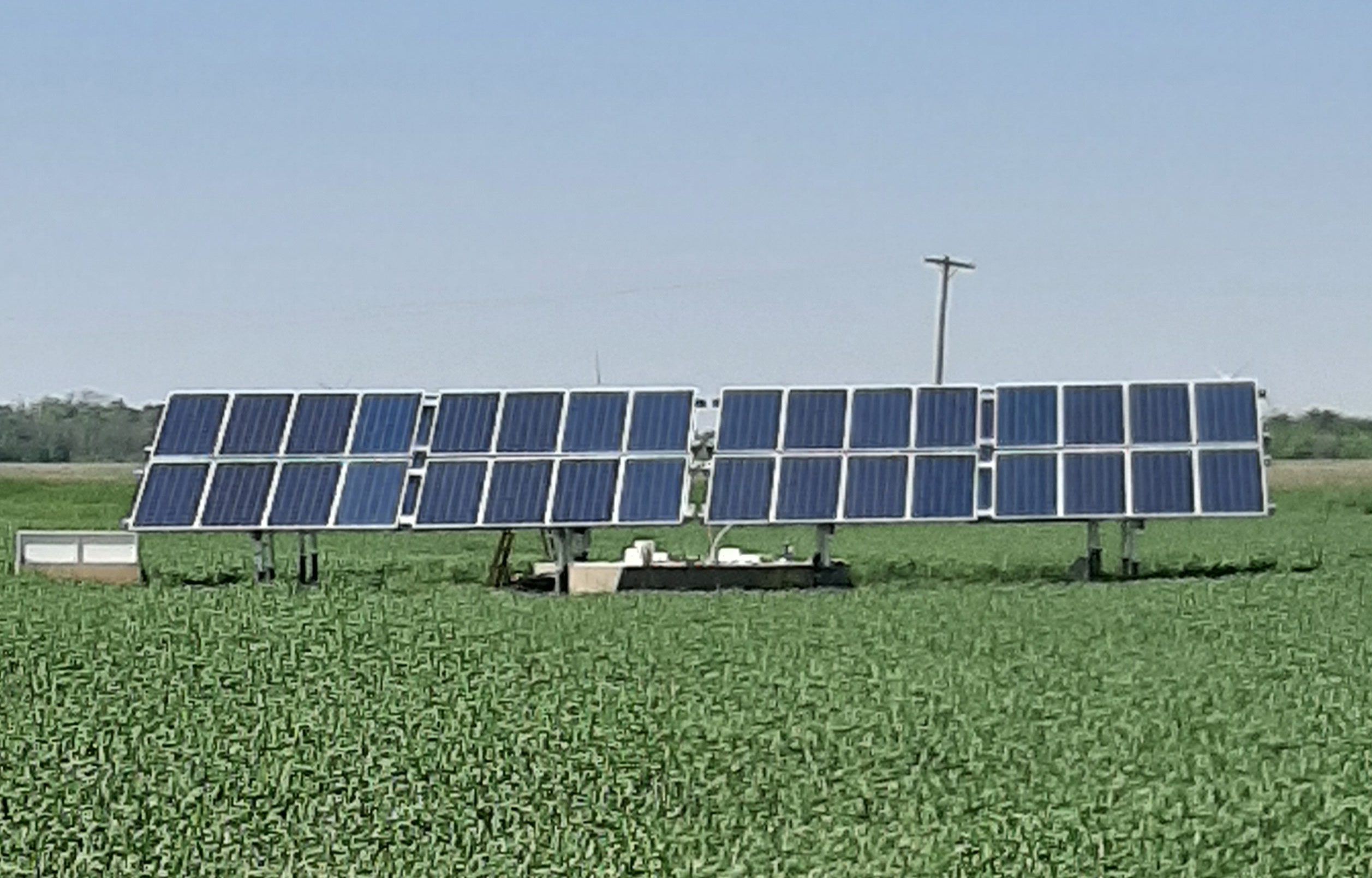

 Watch On-Demand: Solar ROI in the MENA Region
Watch On-Demand: Solar ROI in the MENA Region




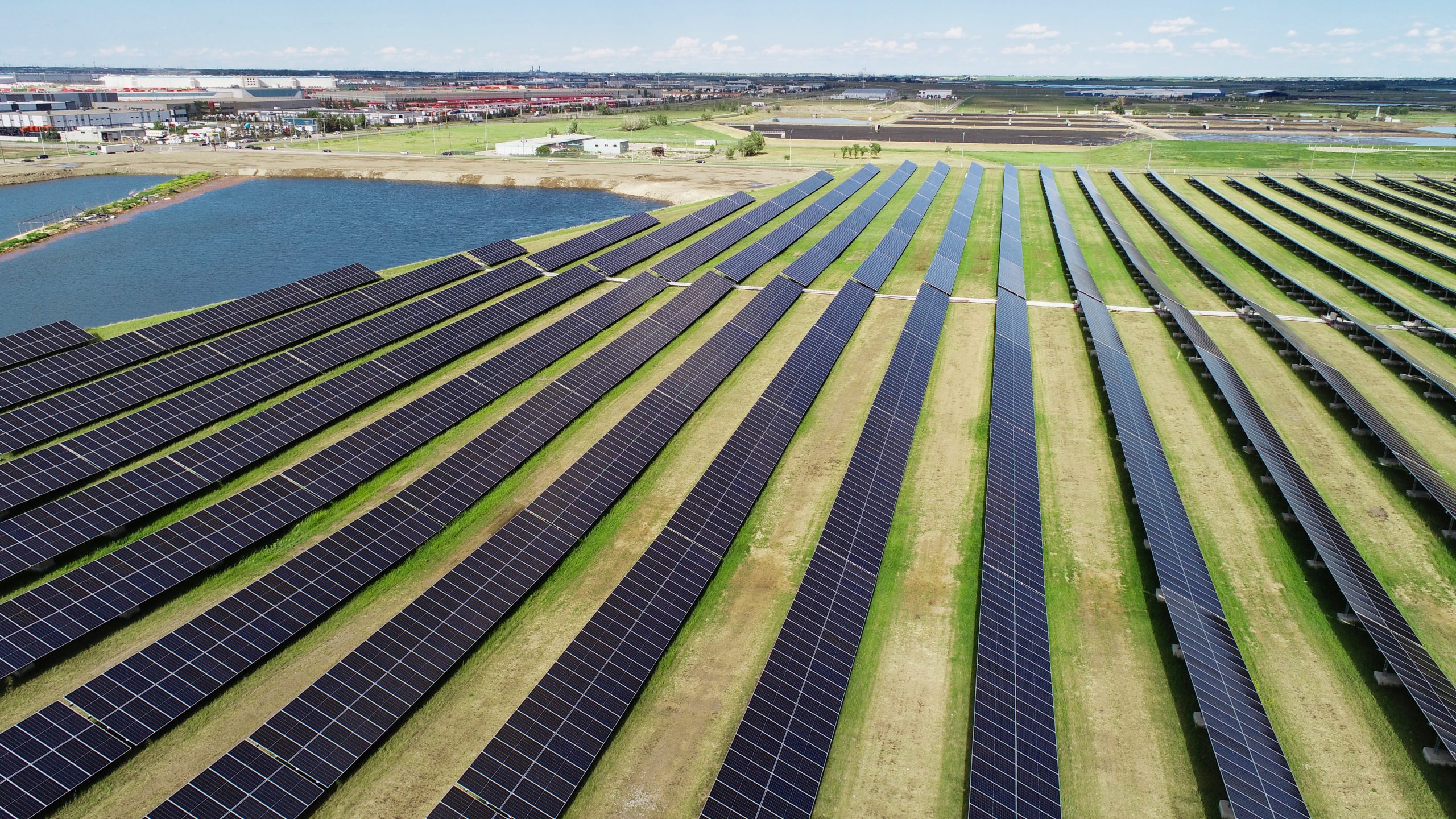

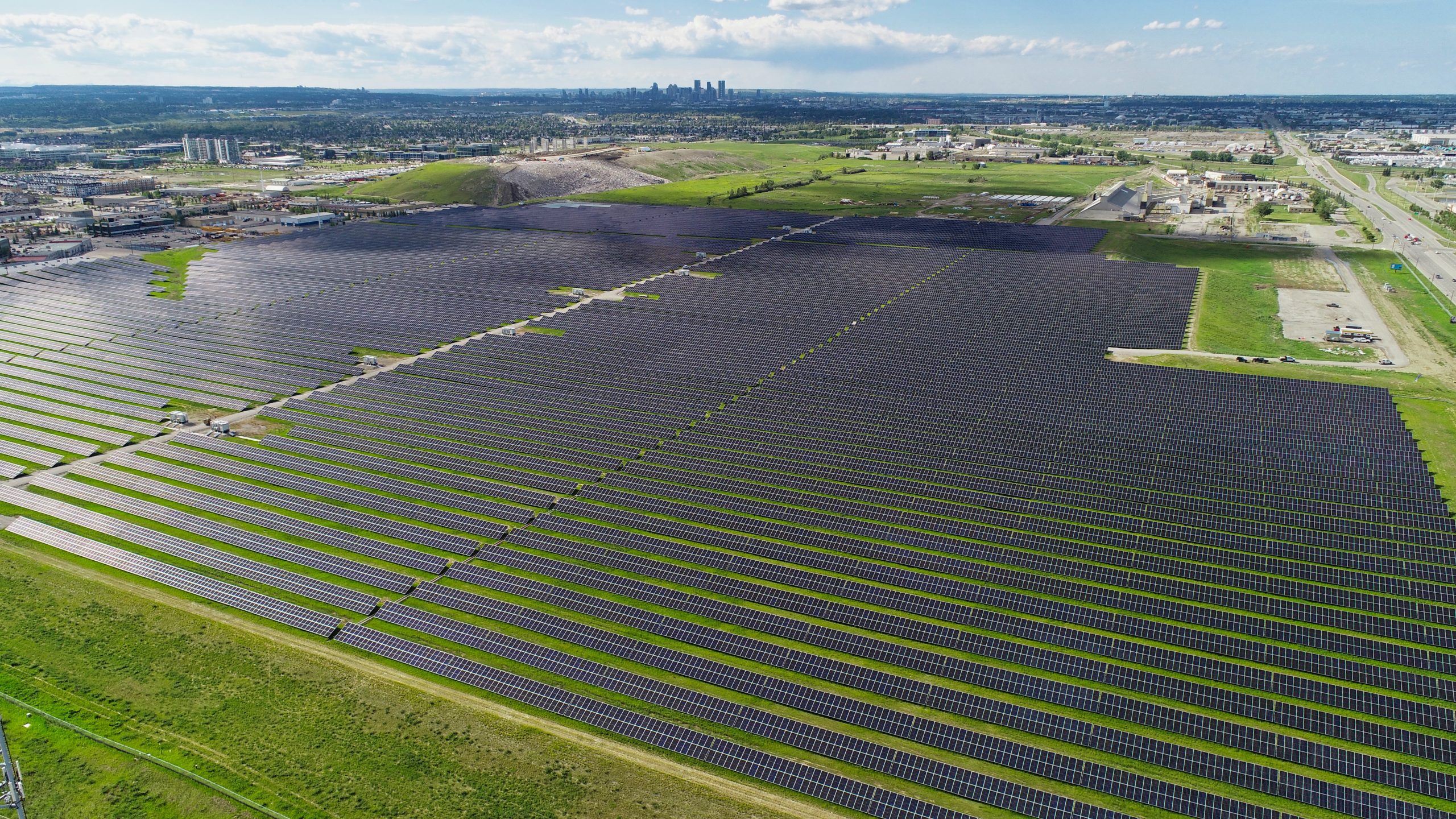
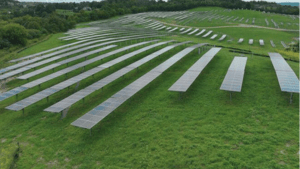

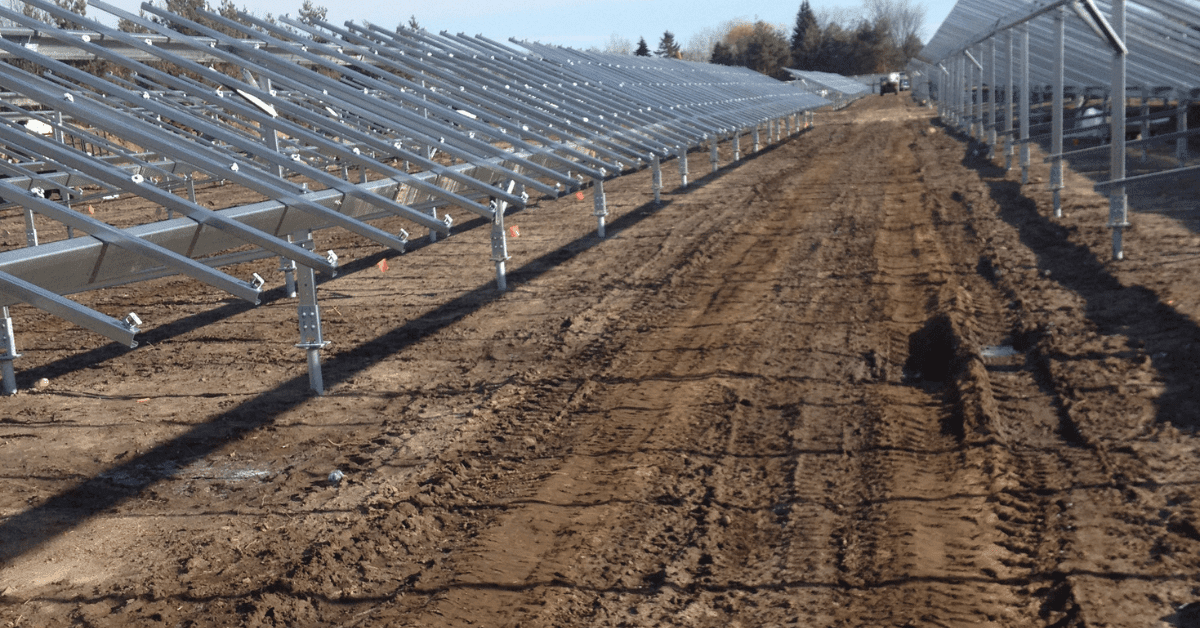
















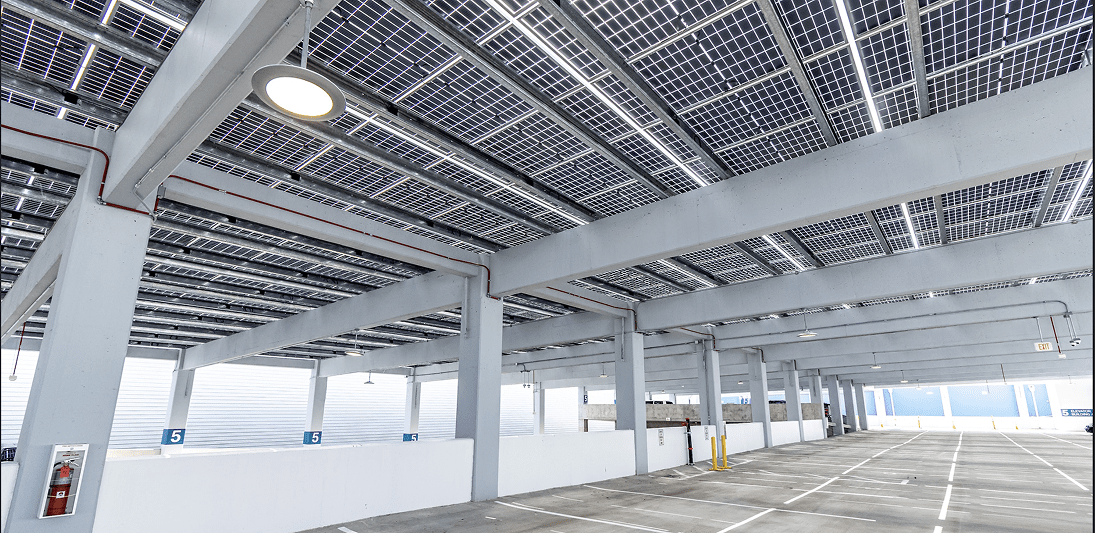



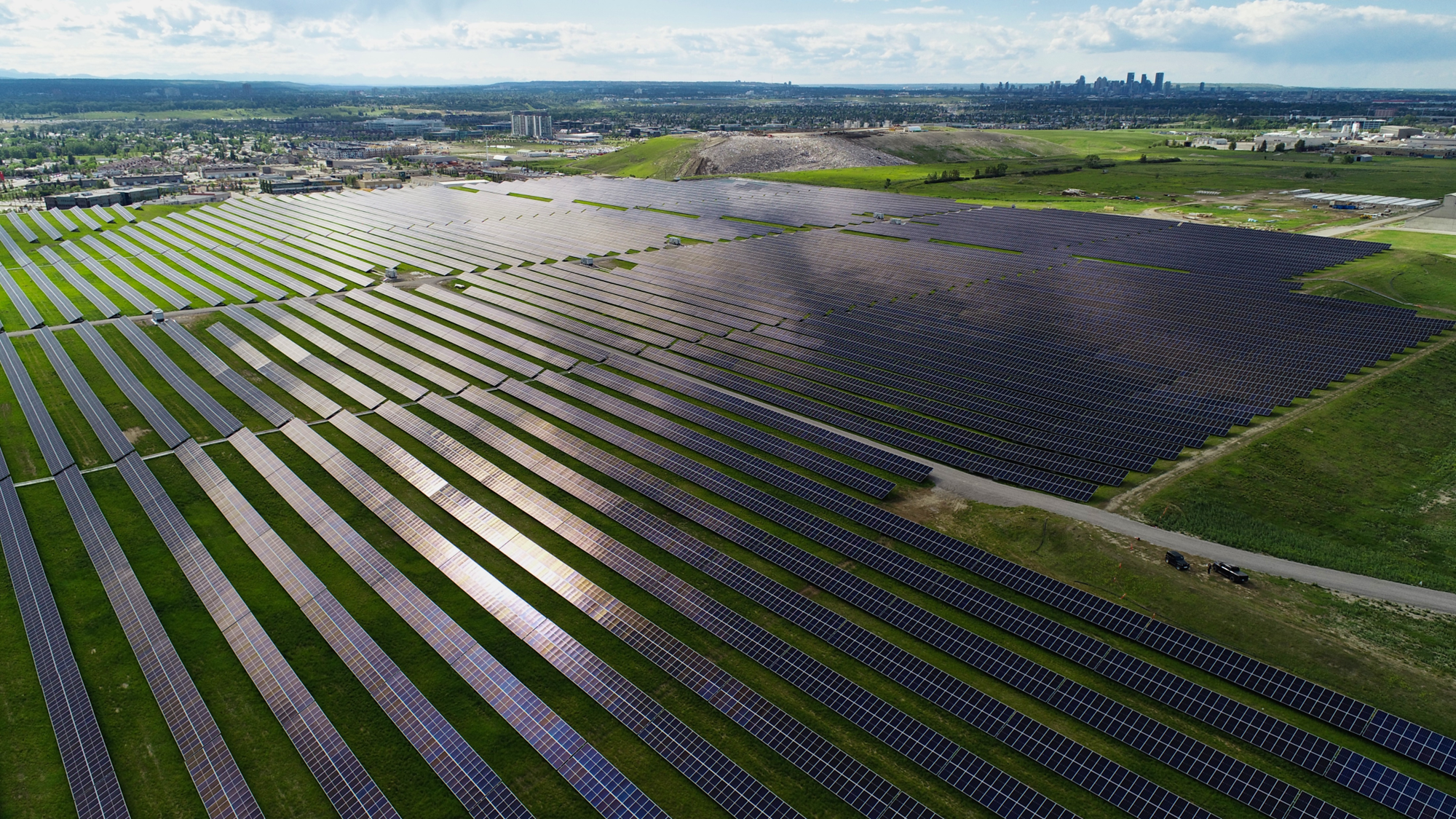
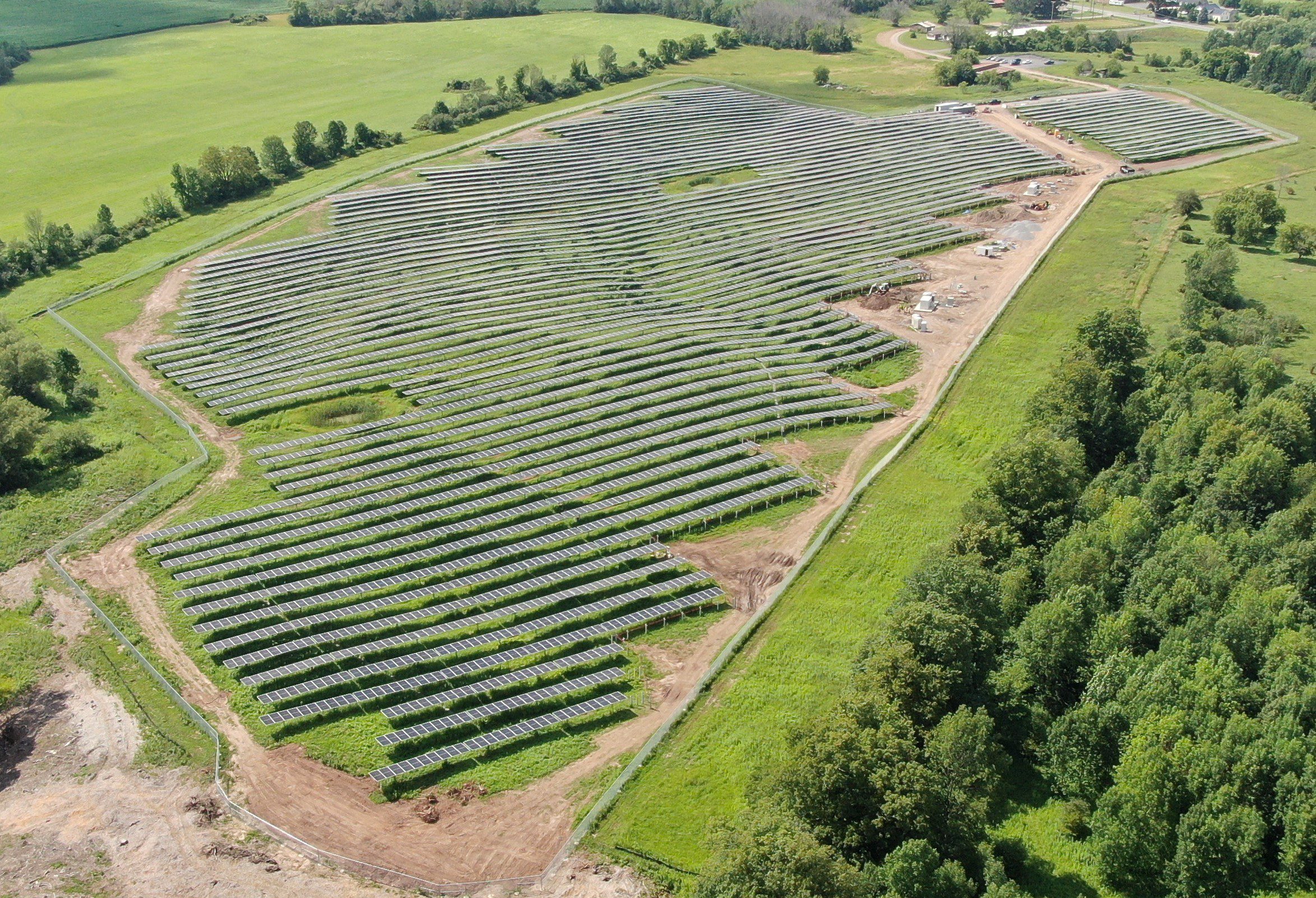

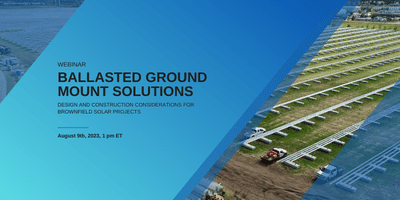

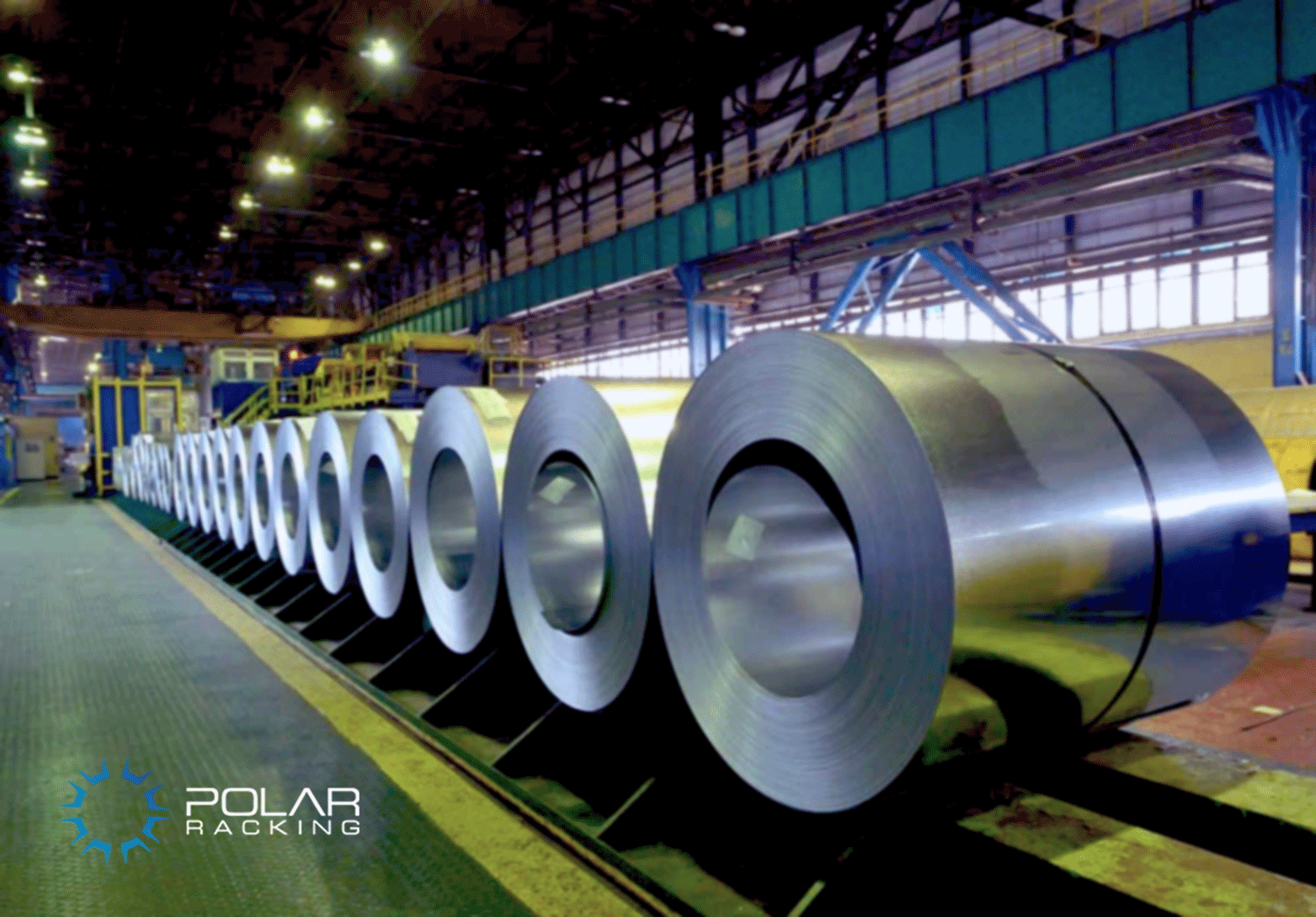
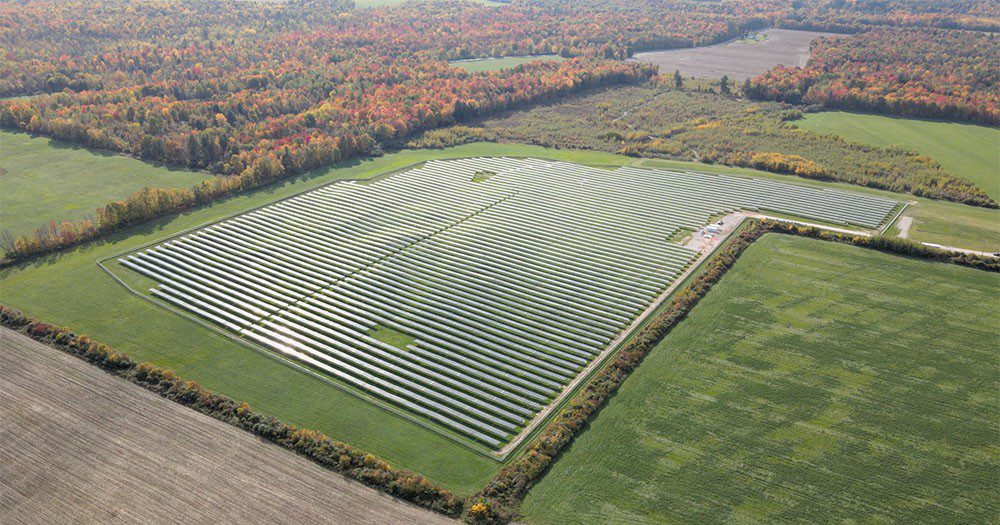




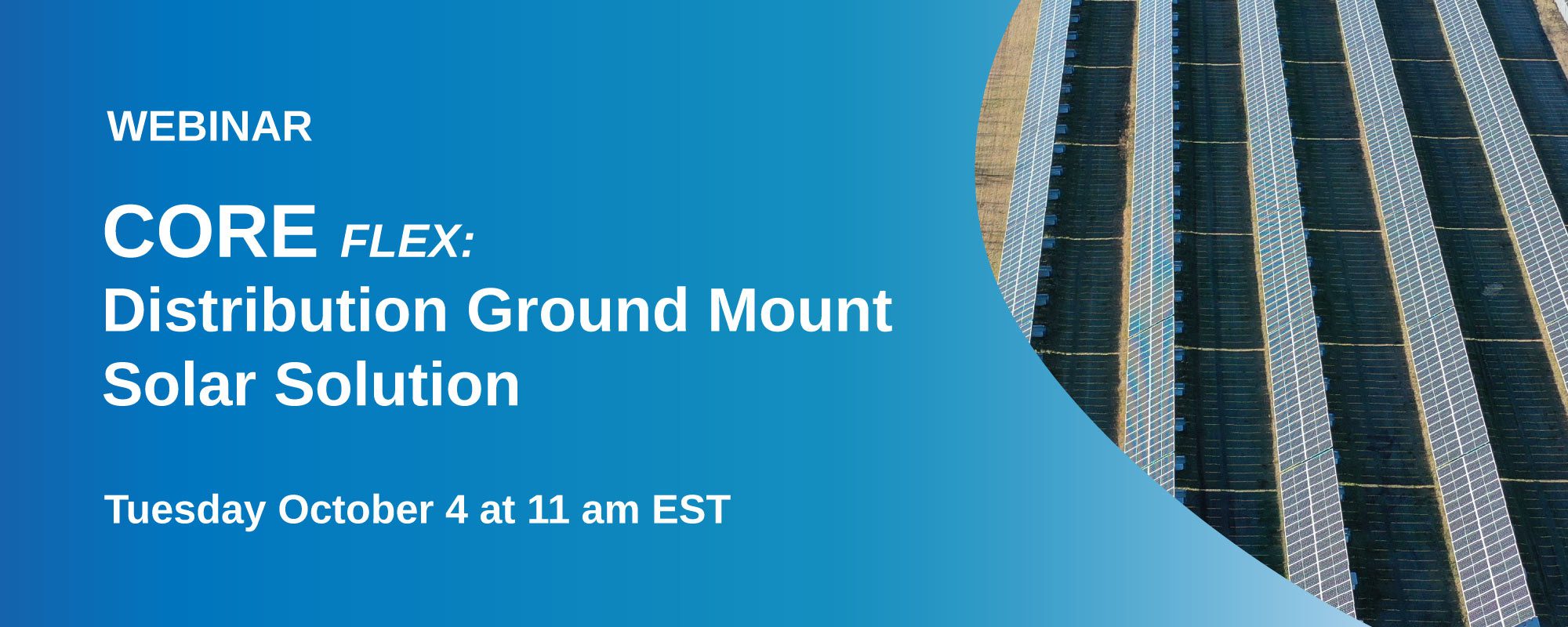
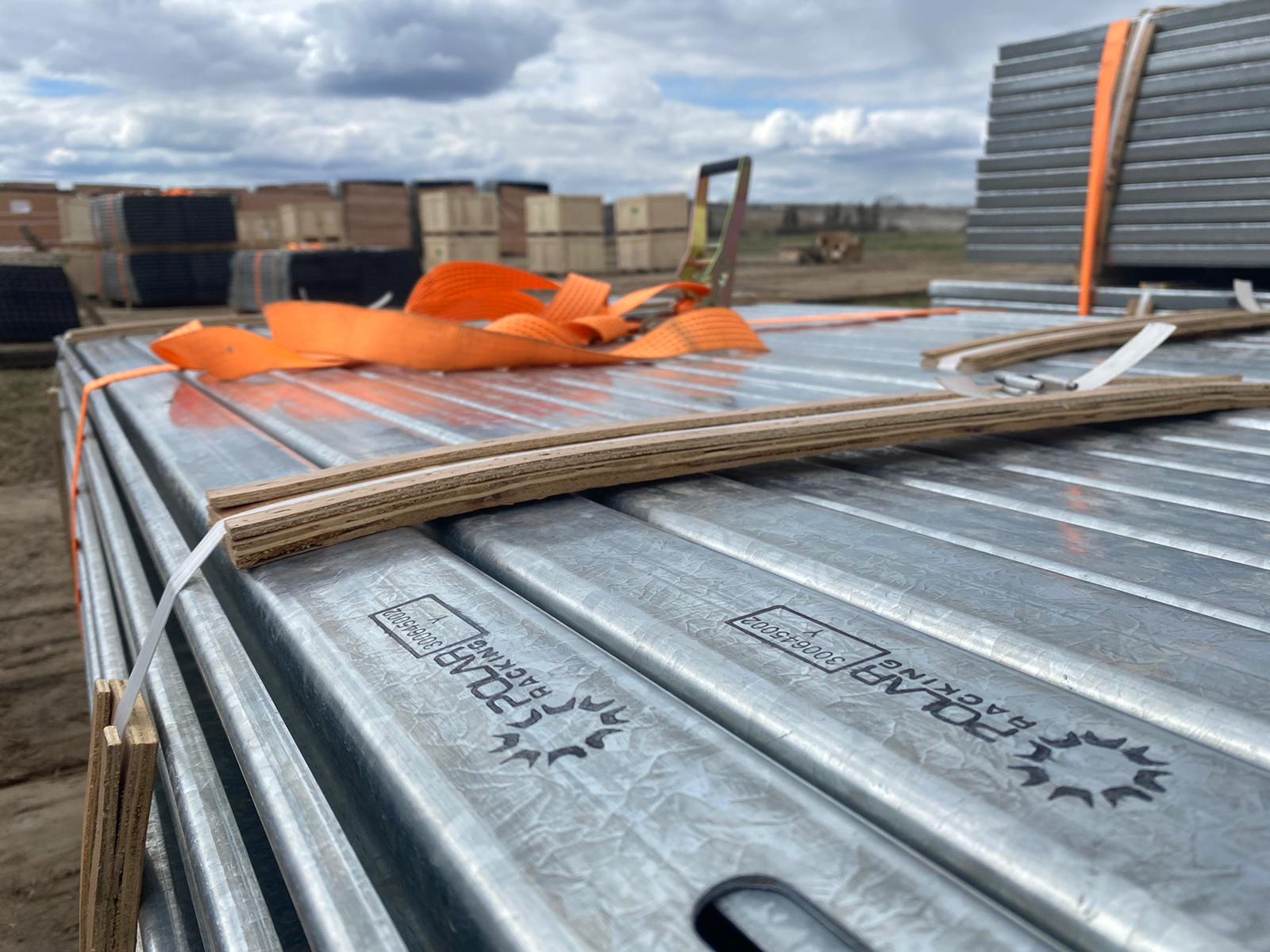

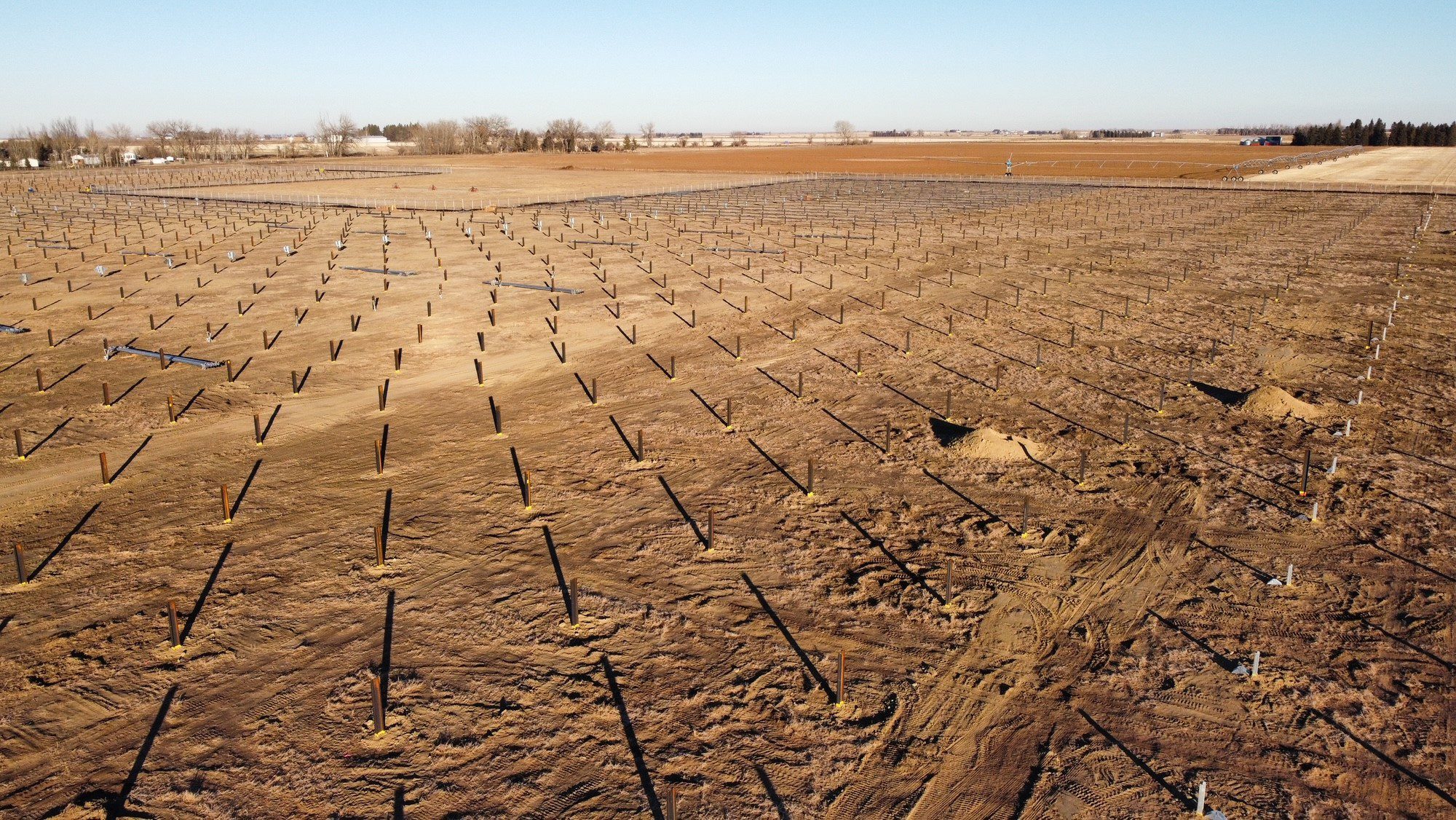
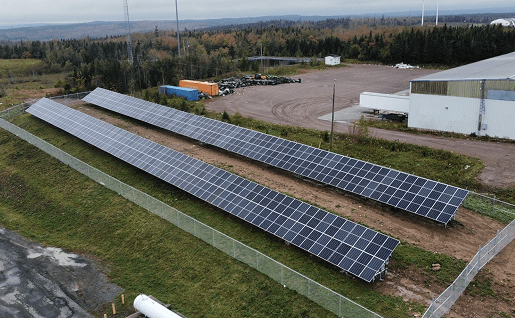



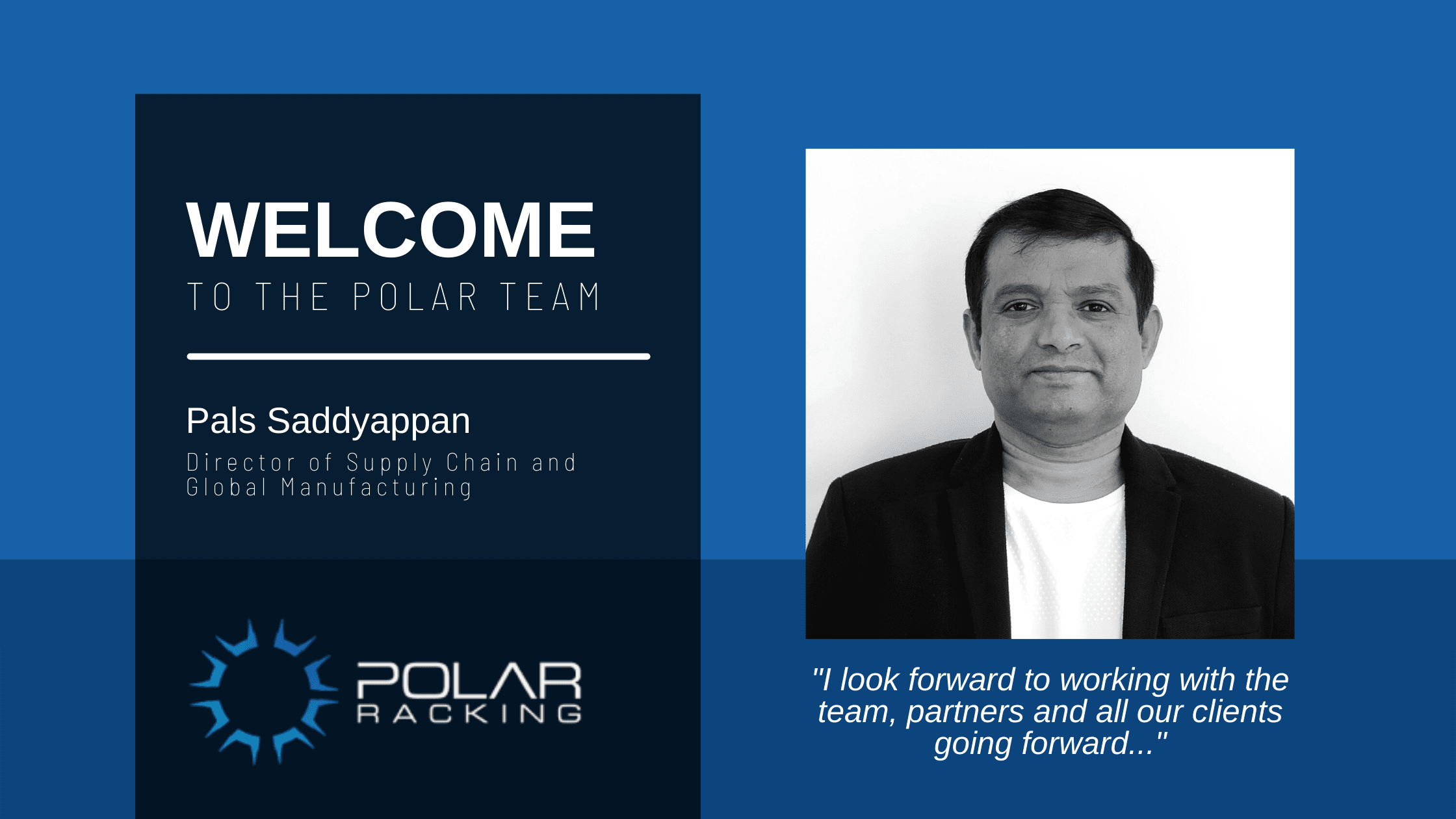




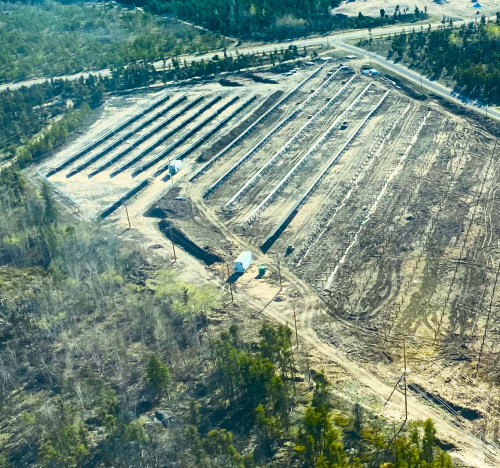 Fort Chipewyan, a remote community of 1,000 indigenous people in Northern Alberta,
Fort Chipewyan, a remote community of 1,000 indigenous people in Northern Alberta, 